As the name implies arthropod limbs are divided into joints; the body too is segmented. The most striking feature, however, is that, in contrast to the vertebrates, arthropods have an external skeleton. Their skin is modified to form a firm exoskeleton which serves as a protection and also for the attachment of muscles.
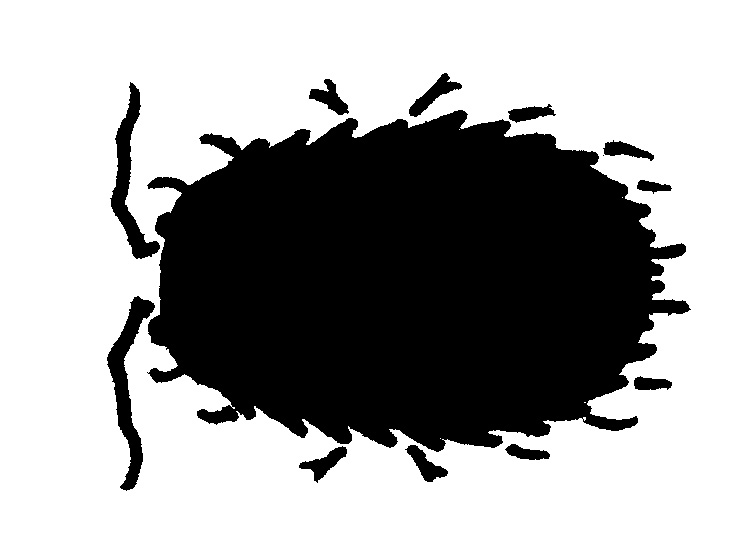
The crustaceans are primarily aquatic animals and they breathe by means of gills. The body is divided into head, thorax and abdomen. The head has three pairs of jaw-like mouthparts and two pairs of antennae. The only crustaceans that concern us here are the woodlice or slaters, known zoologically as the Isopoda.
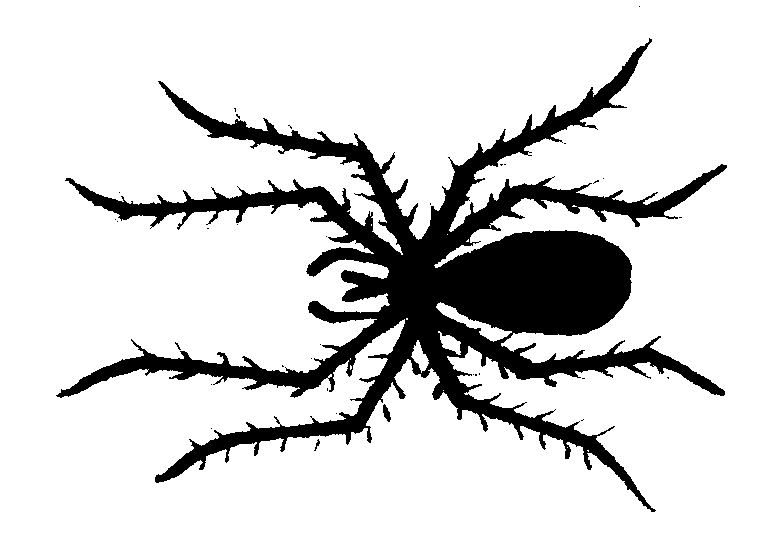
Spiders have a body consisting of two parts which are almost the same size. The front part is formed from the modified head and thorax, and carries the eyes, mouthparts and four pairs of limbs. The rear part or abdomen has no limbs, apart from the spinnerets which are actually modified limbs.
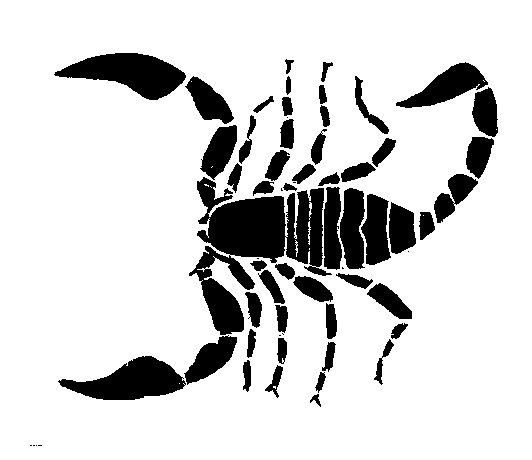
The body of a scorpion has a front part or cephalothorax with four pairs of limbs and an abdomen without limbs. The last abdominal segment forms a kind of tail which ends in a sting. They have two pairs of mouthparts of which one pair is in the forms of pincers.
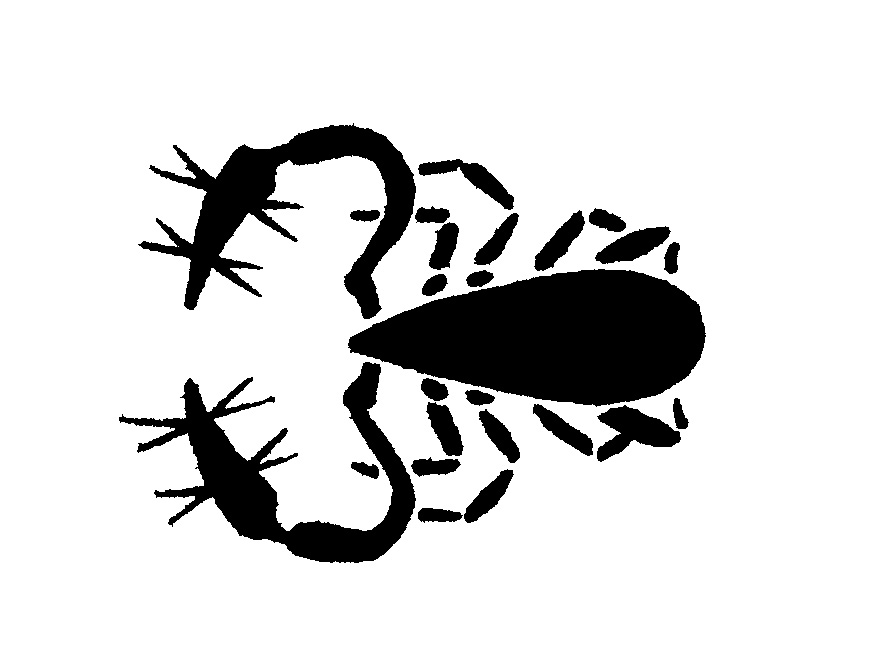
False scorpions are broadly speaking built as the true scorpions, but they lack the tail and sting.
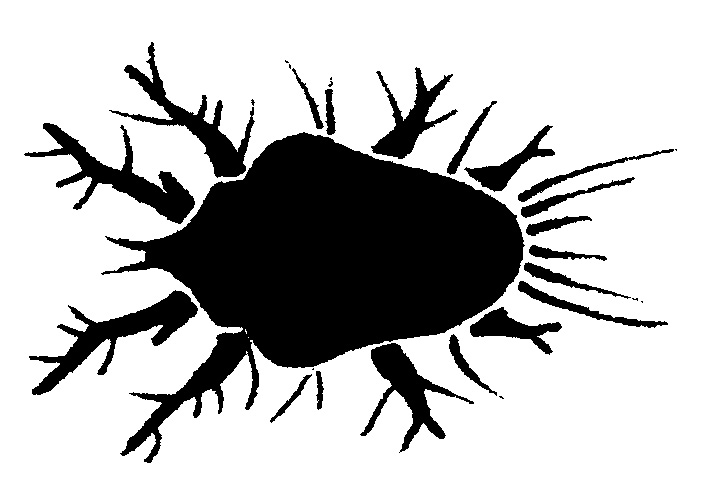
Mites also have four pairs of legs, but the head, thorax and abdomen are fused to form a body showing no apparent segmentation.
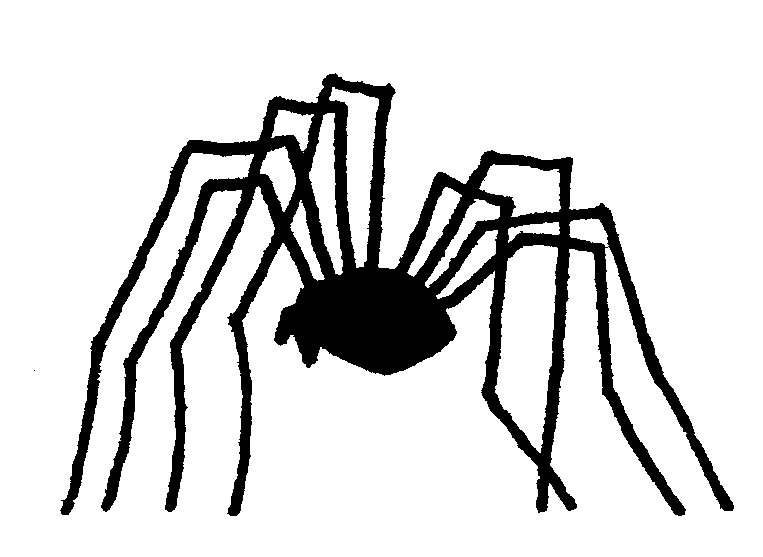
Harvestmen also have an apparently unsegmented body, but are much larger than the mites, and the four pairs of legs are extremely long in relation to the body.
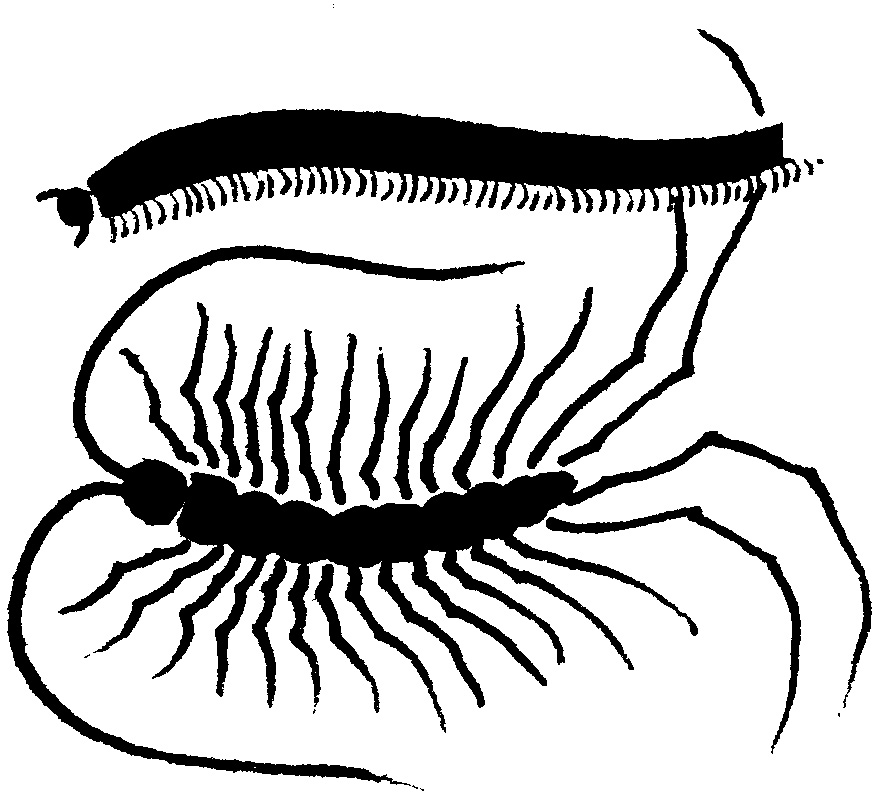
Millipedes and centipedes have a distinct head but the thorax and abdomen are united. The body consists of numerous segments, and each of these has one pair of legs, or in the true millipedes two pairs.
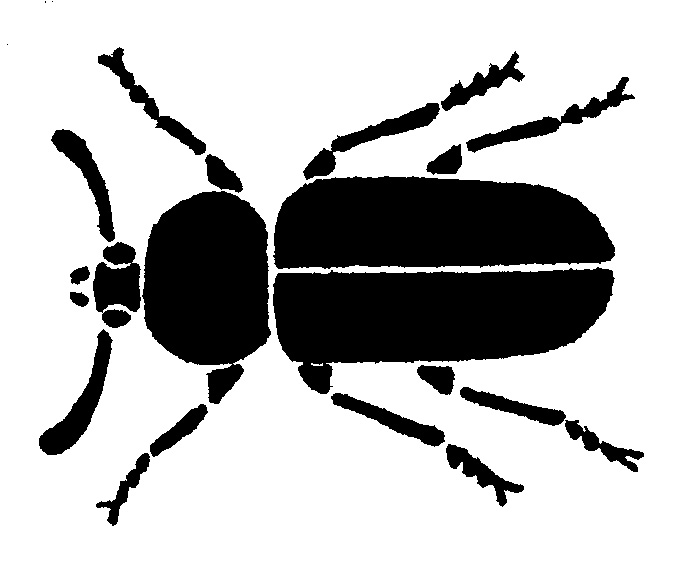
Insects are the dominant group within the arthropods. The body is in three parts: head, thorax and abdomen. The head carries the mouthparts, eyes and antennae. The thorax has three segments, each with a pair of legs, and in most insects there is a pair of wings on each of the two foremost thoracic segments. The remaining twelve segments form the abdomen which contains the main organs such as the alimentary canal and the gonads.




